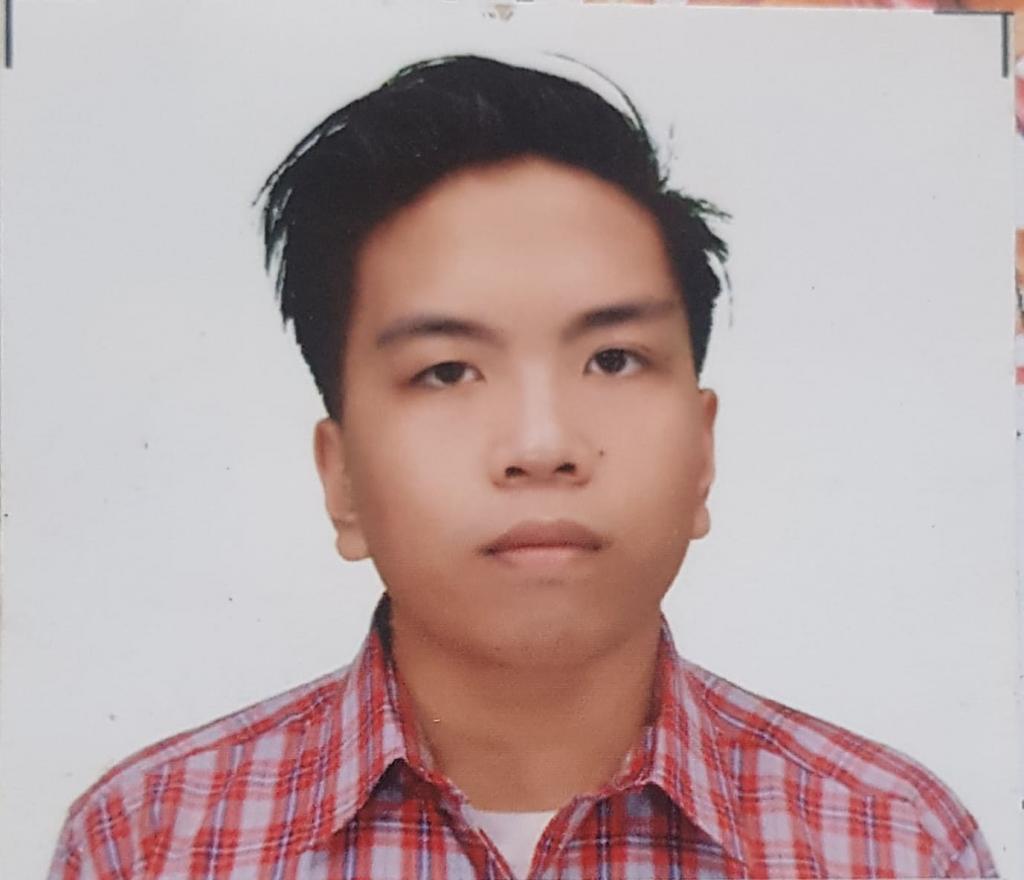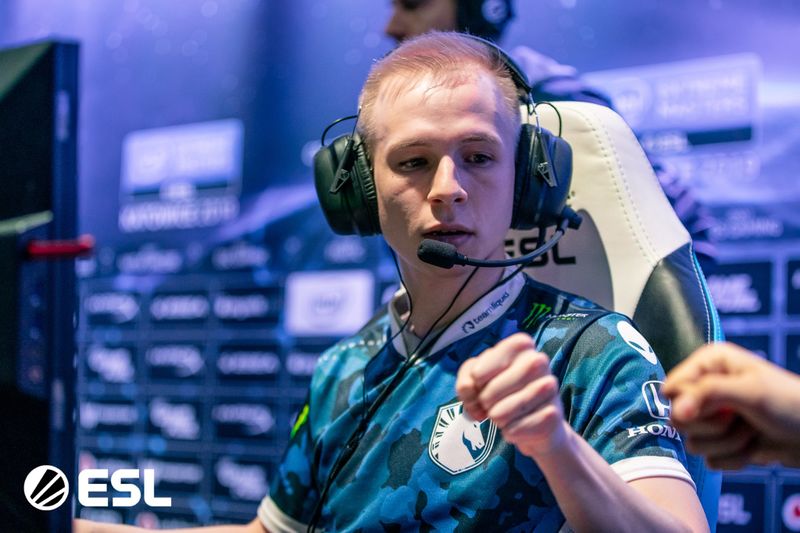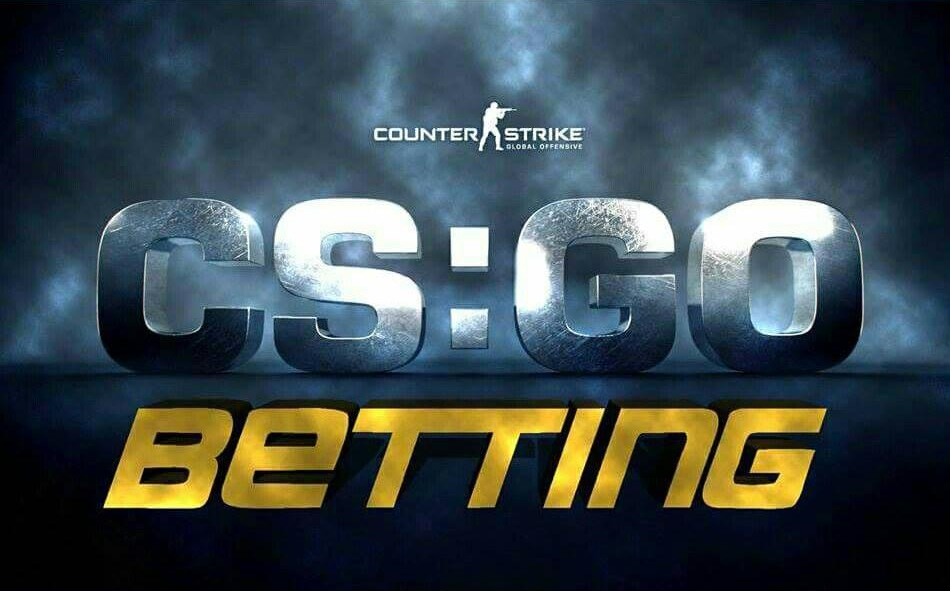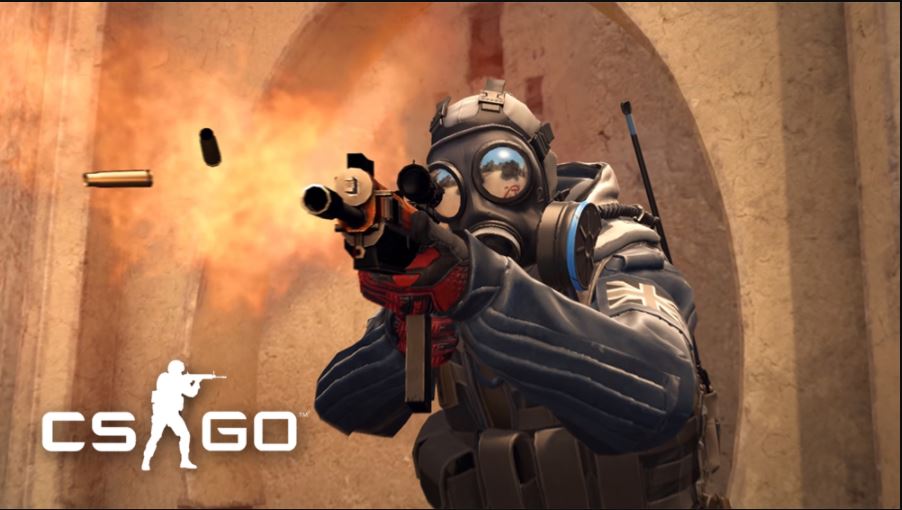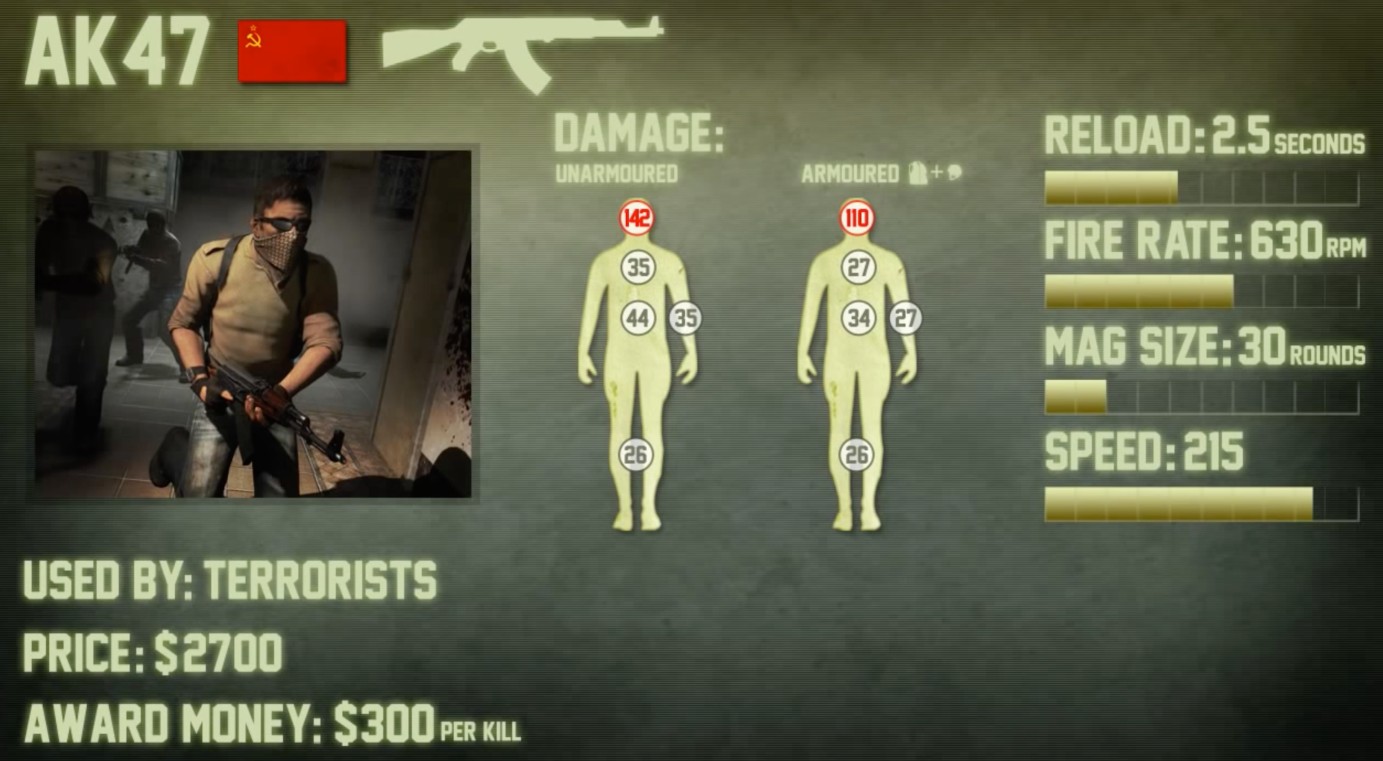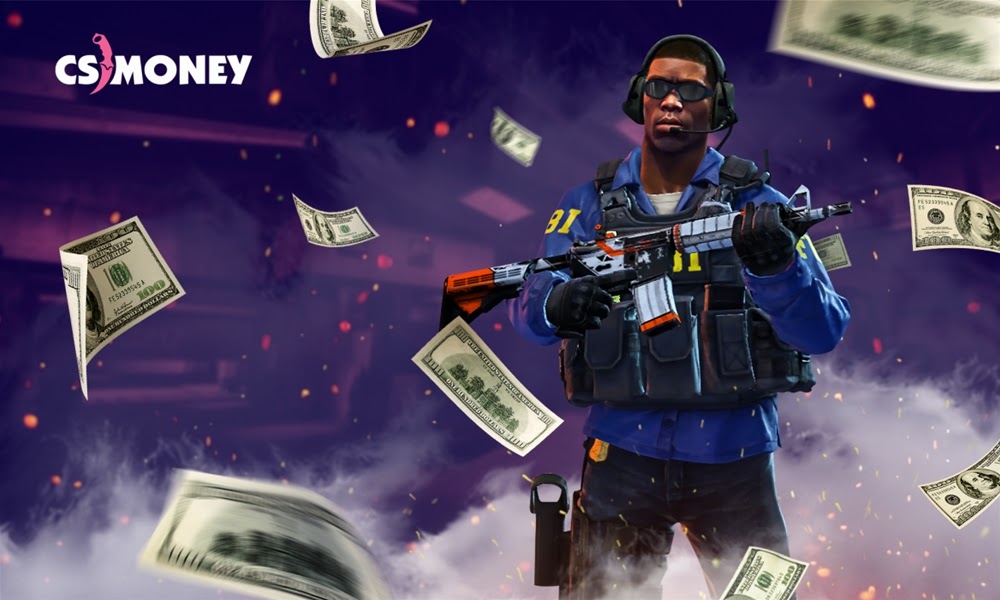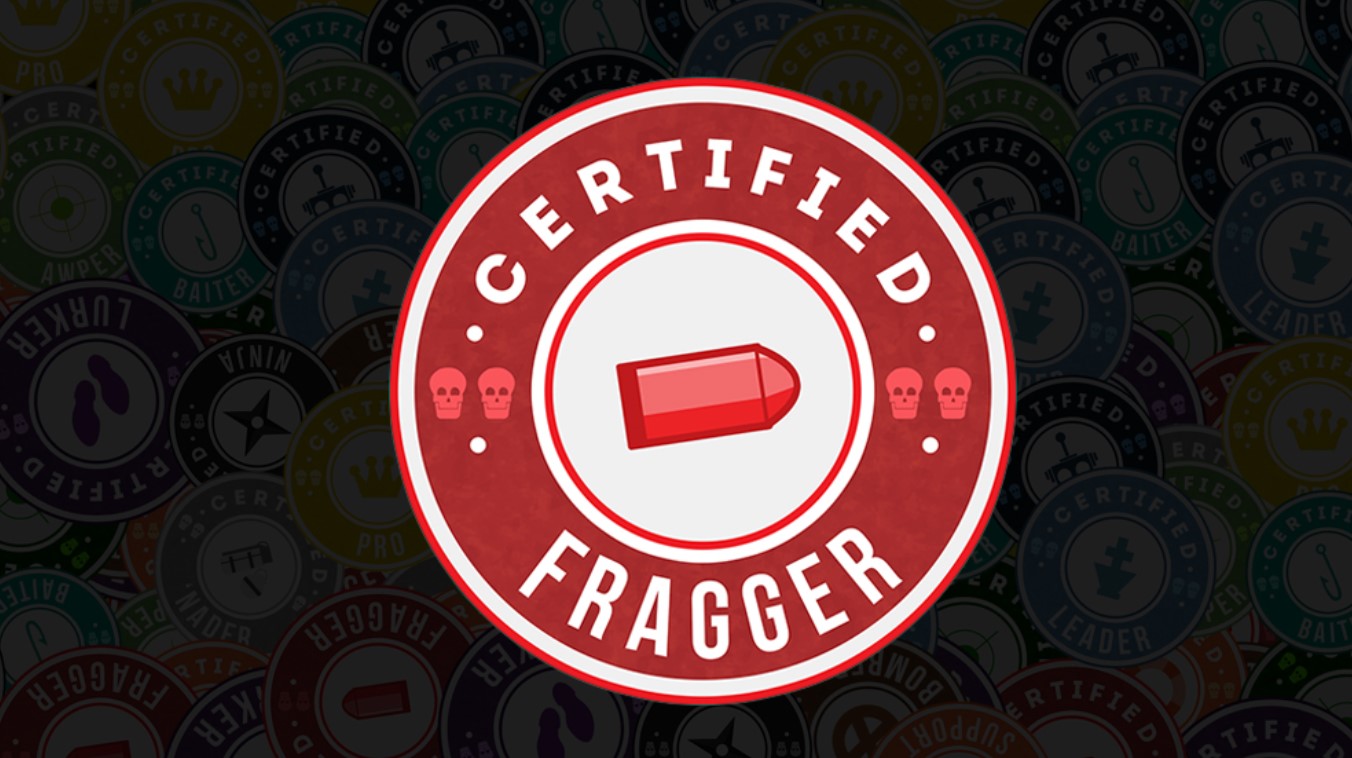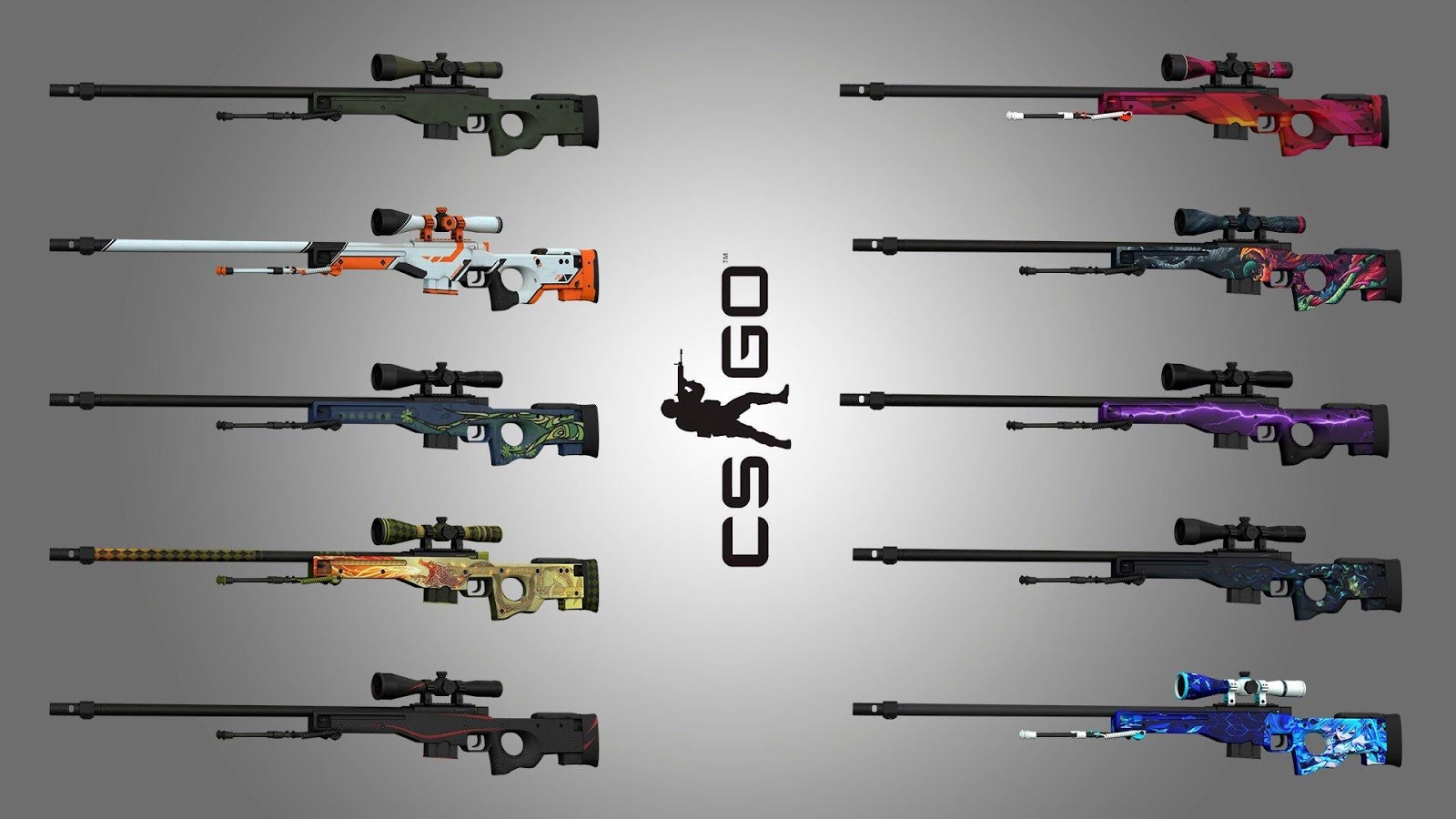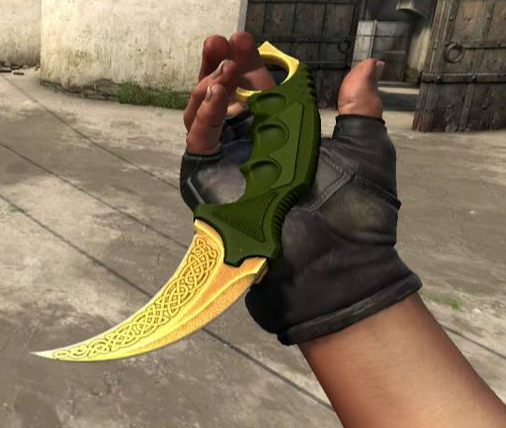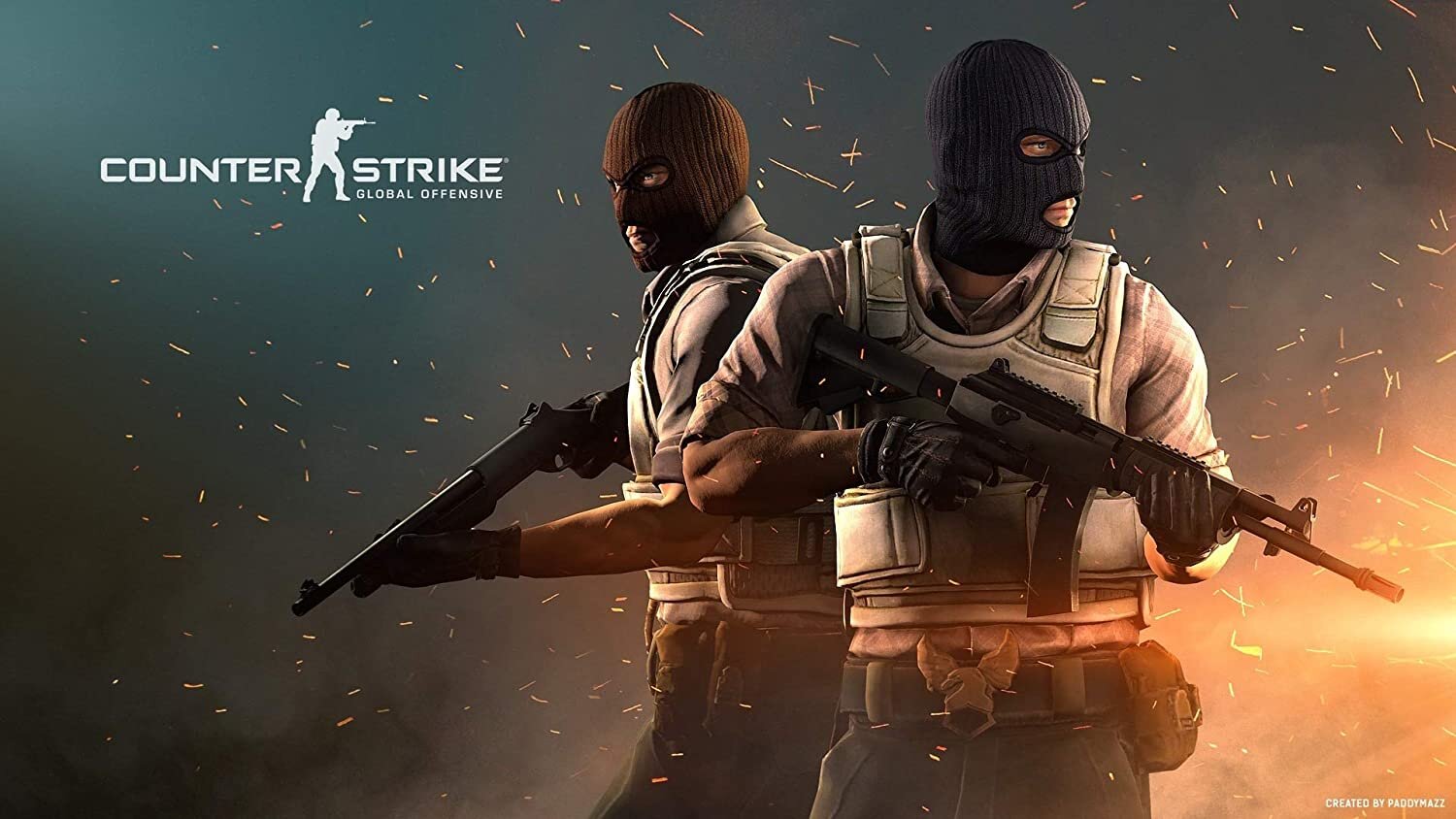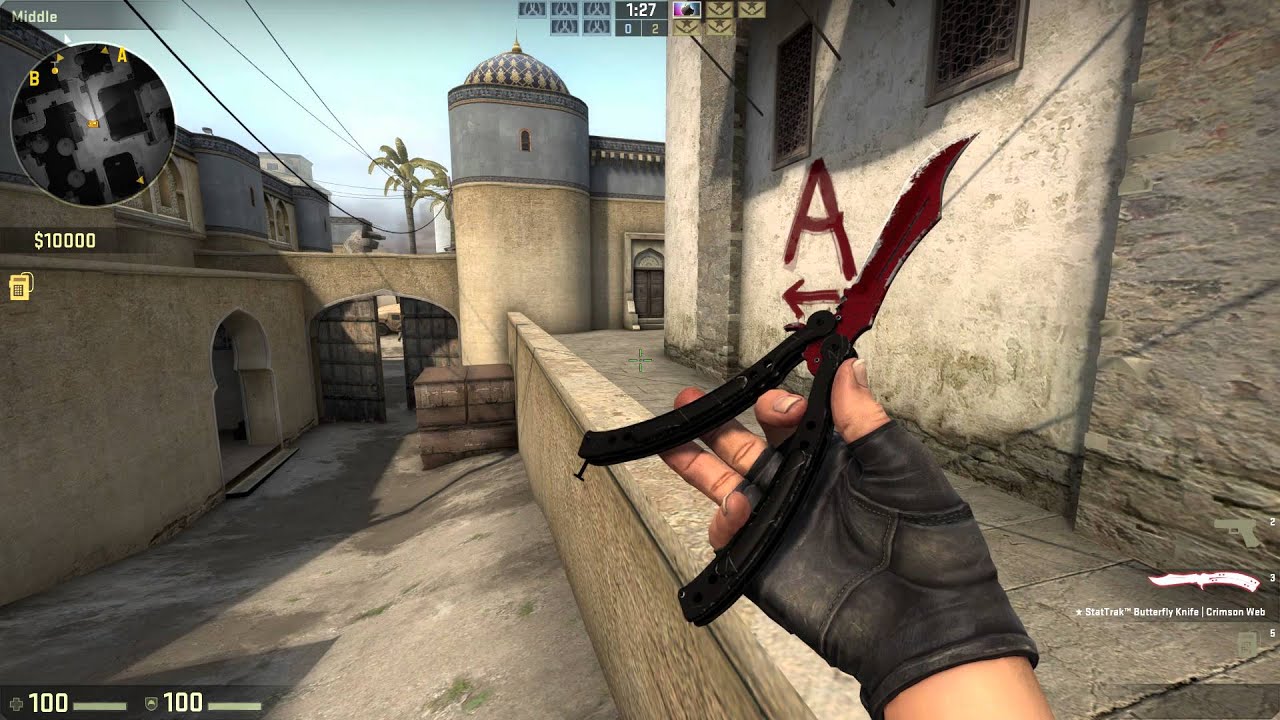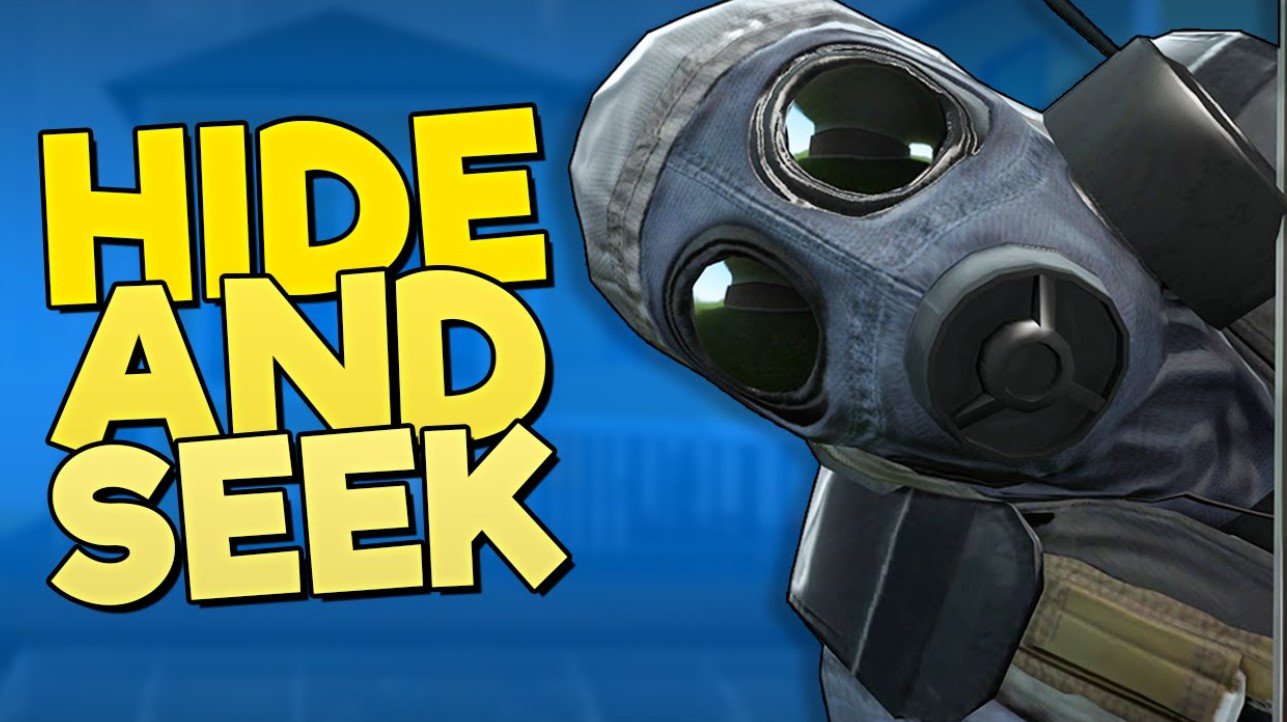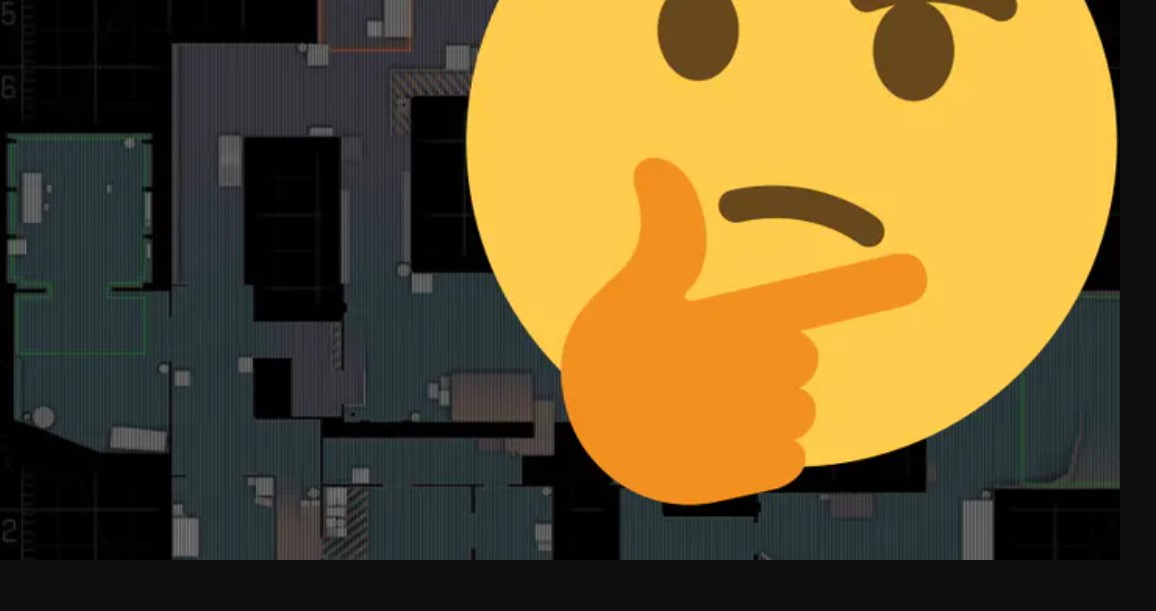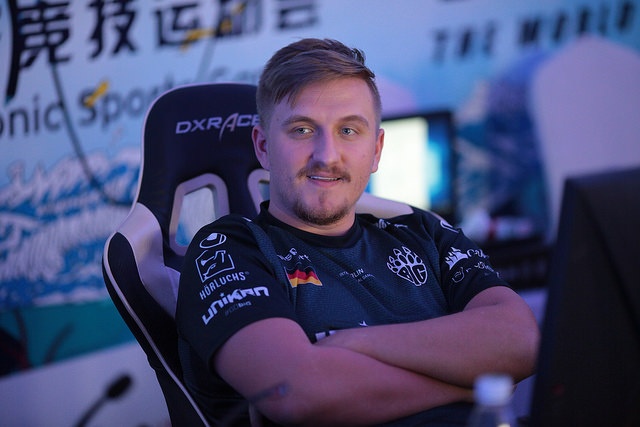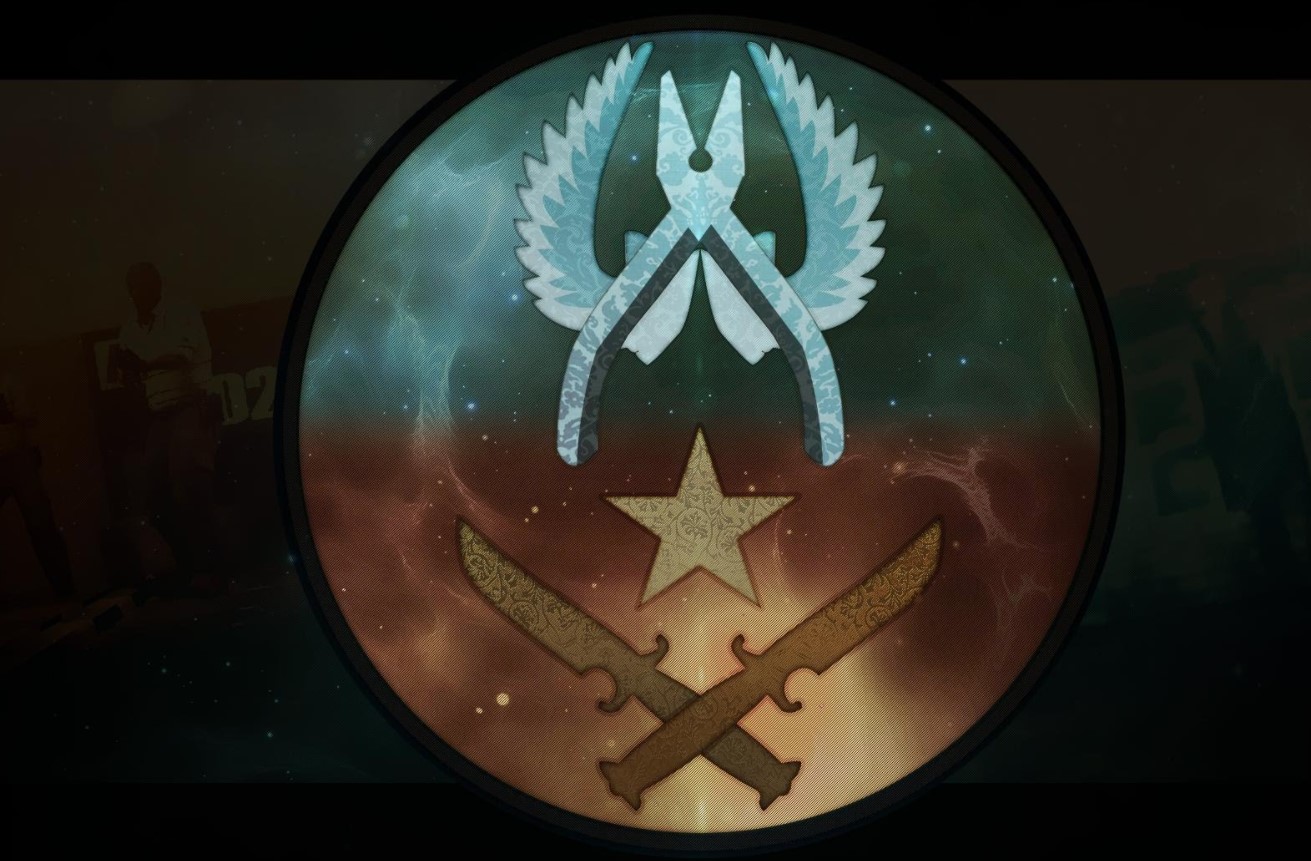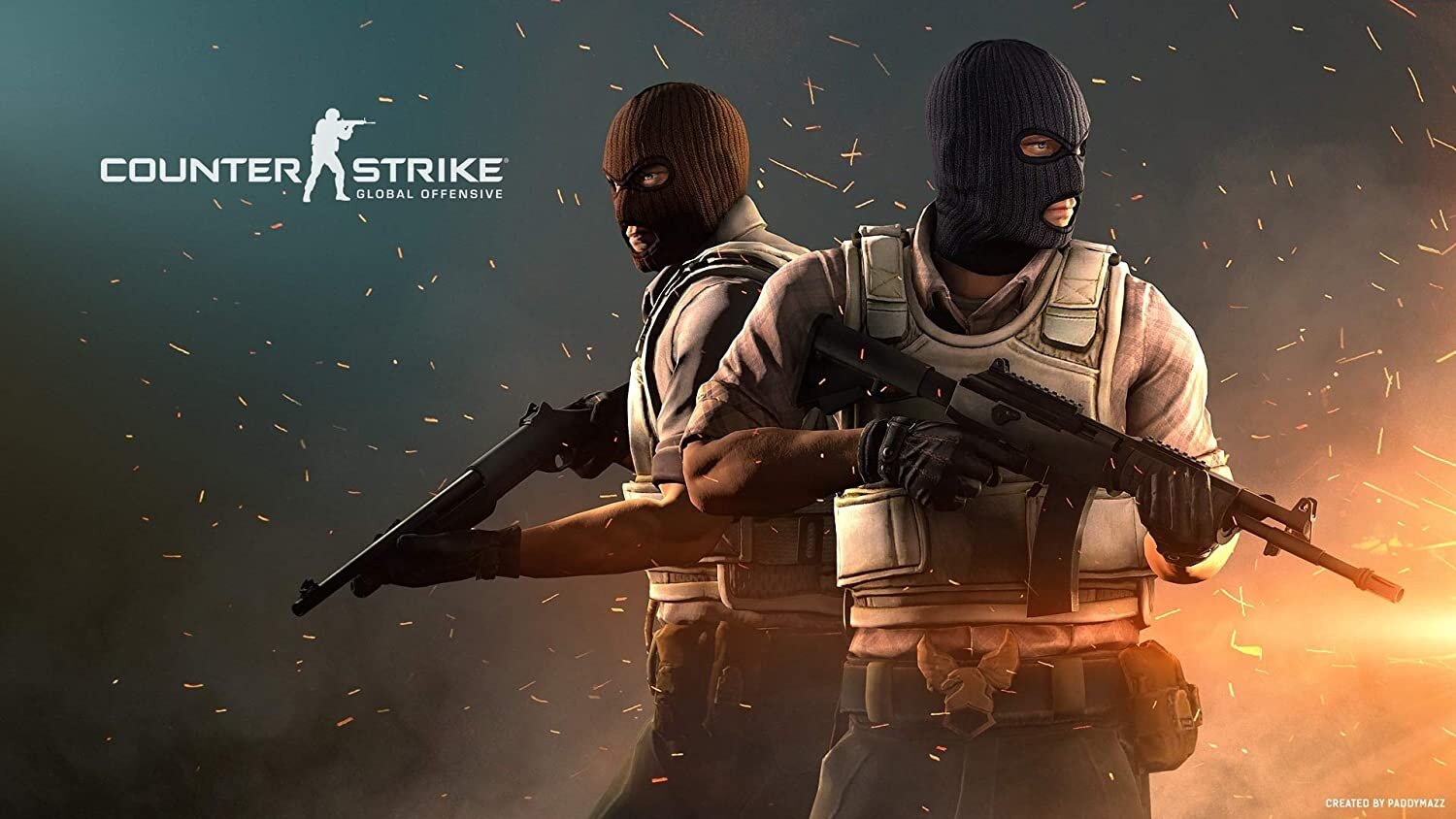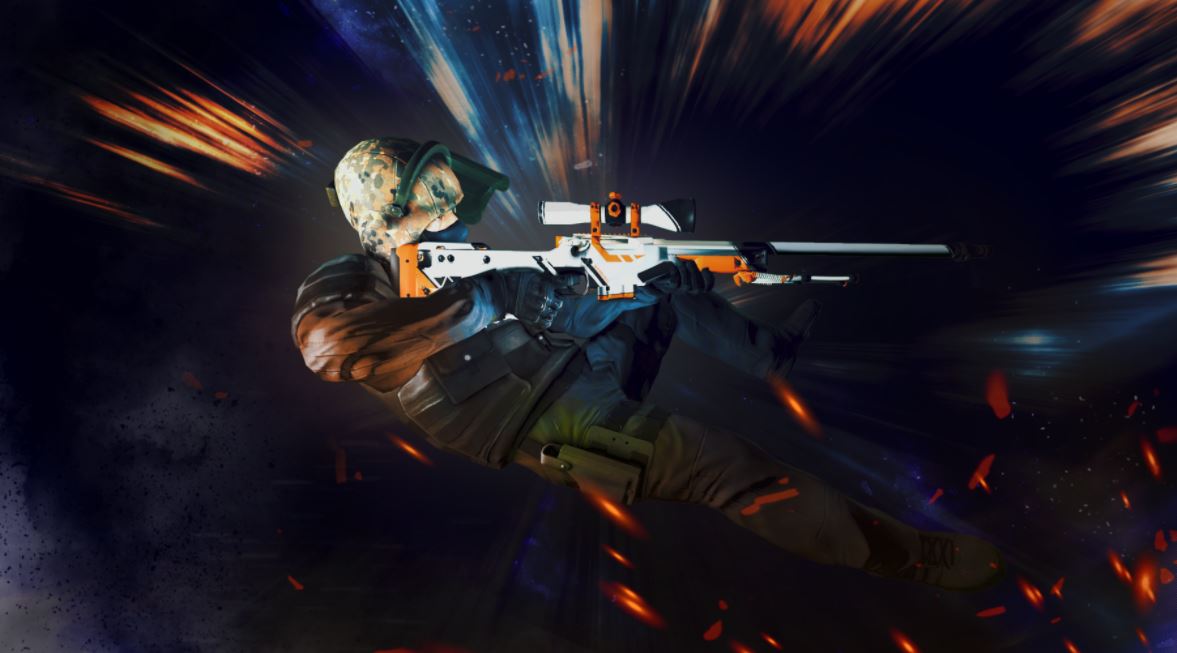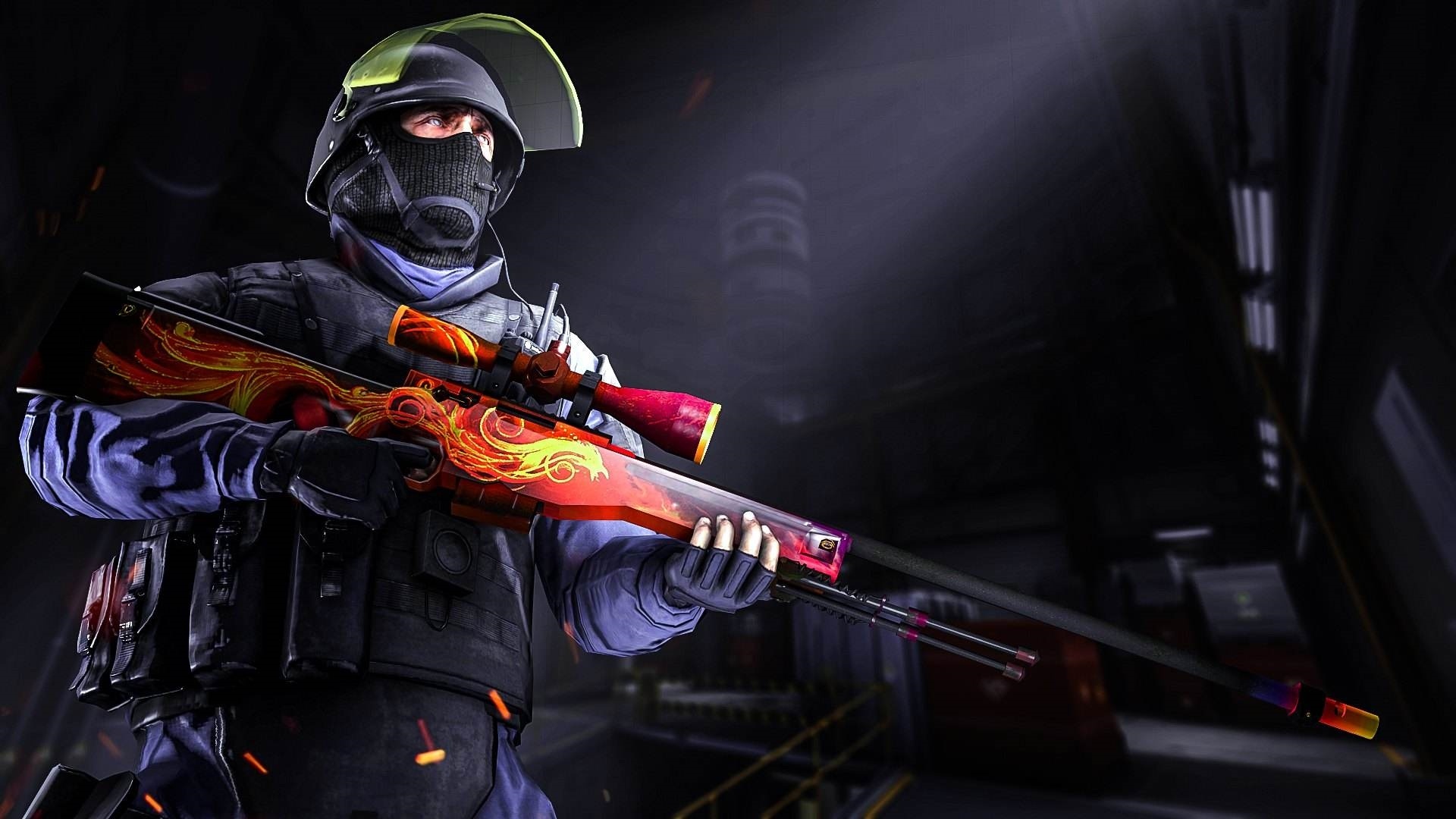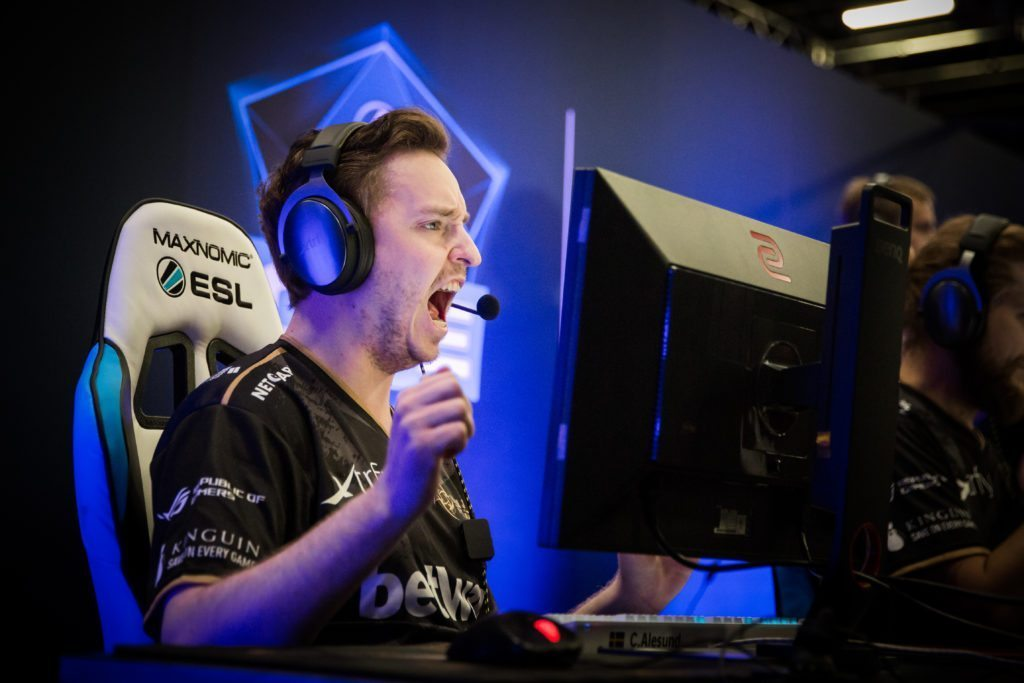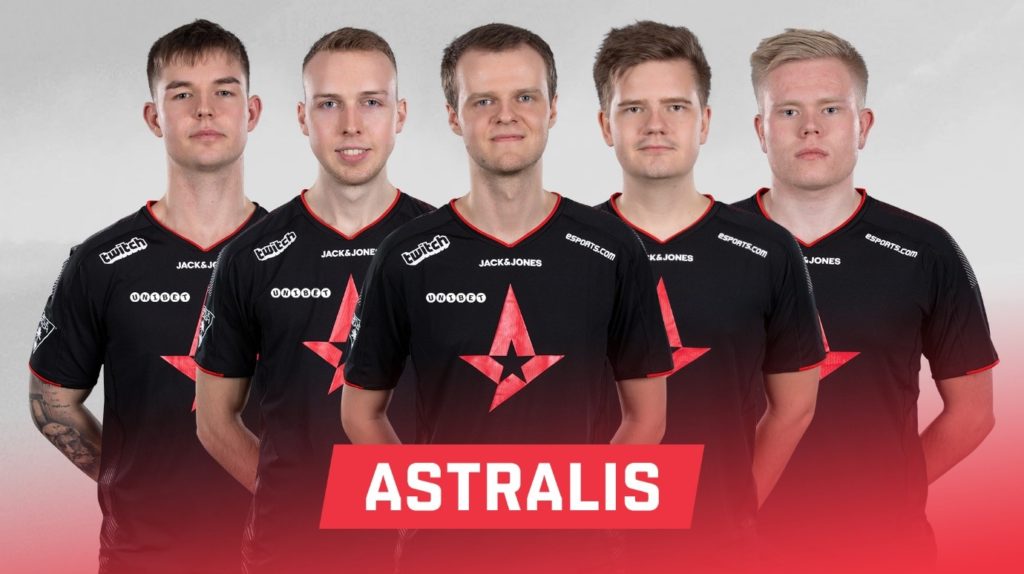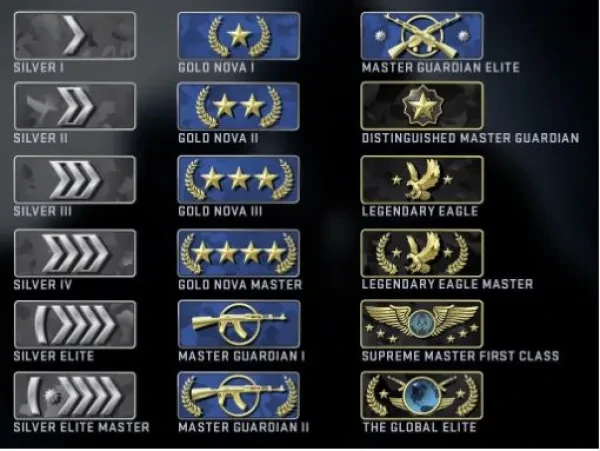
Counter-Strike: Global Offensive introduced skill groups in the October 25th update in 2012. This update introduced the ranks that will be given to players after the system assesses their skills. But have you ever wondered how the system works? How do they judge what skill group you belong to and how do they decide if you’re worthy of ranking up or down? In this article, I’ll try to explain these systems and how they work. Please note that Valve has never properly explained how the system works. The information in this article is the slither of information Valve was willing to give.
Counter-Strikes Ranks and Distribution
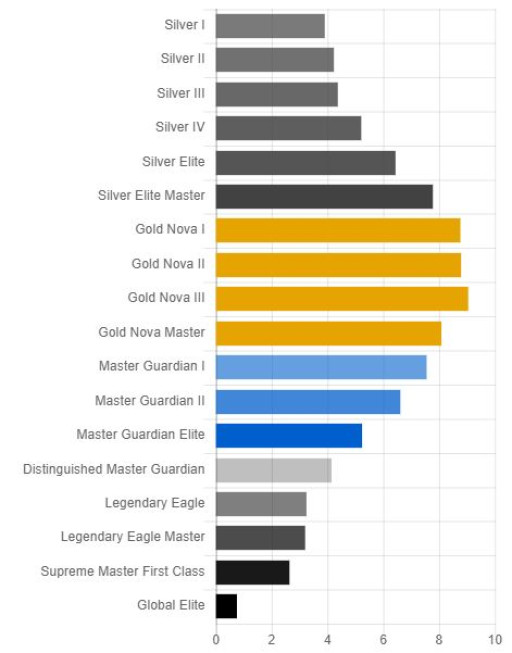
Screenshot taken from totalcsgo.com/ranks.
There are a total of 18 skill groups in Counter-Strike: Global Offensives competitive mode. There are:
- Silver 1
- Silver 2
- Silver 3
- Silver 4
- Silver Elite
- Silver Elite Master
- Gold Nova 1
- Gold Nova 2
- Gold Nova 3
- Gold Nova Master
- Master Guardian 1
- Master Guardian 2
- Master Guardian Elite
- Distinguished Master Guardian
- Legendary Eagle
- Legendary Eagle Master
- Supreme Master First Class
- The Global Elite
Based on totalcsgo.com, an independent CS:GO resource website, the average rank of an average CS:GO player is from Silver Elite to Gold Nova Master, totaling 48.9% of the player base are within these ranks. The highest player count in a rank is Gold Nova 3 with 9.05% of players.
But, how do you earn a rank and how is it distributed? First, you have to have your profile rank to Private Rank 2. That can easily be obtained if you play a few war games. After obtaining Private Rank 2, a competitive mode will be available for you to choose. Your first rank will be given to you after you have WON 10 competitive games. The lowest rank you can achieve from these placement games is Silver 1 and, the highest you can obtain is Legendary Eagle Master. The rank you’ll get is decided by CS:GOs matchmaking ELO system which is kept a secret until a developer leaked it on reddit.com. CS:GOs matchmaking system is based on the Glicko-2s ranking system.
(Glicko-2 is an improvement of its predecessor Glicko. Glicko is created by Mark Glickman and is a rating system used to assess a player’s strength in games such as Chess. Both Glickos are under the public domain and can be found implemented in online game servers. The formulas used for the systems can be found on their website glicko.net)
Knowing that the CS:GOs matchmaking system is based on Glicko-2, we can have a subtle idea on the CS:GOs ranking system. Glicko-2 assigns Rating Deviation (RD) around a base number. The Matchmaking Rank (MMR) of the player becomes the range (Example, 100-500), rather than a single number (Example, 250). This lays consistency that the player will lie within the bracket of its range within 95% of certainty. If the system understands your real rank, the smaller the range will be. Glicko-2 also takes into account the player's rank fluctuation. If a player is consistently going into higher or lower ranks.
However, Glicko-2 was designed to be used in 1v1 matches. CS:GO is a 5v5, team-based competitive shooter that has a lot more to consider. An individual player's impact in a round is difficult to assess. Yes, maybe the player can earn 2 to 3 frags a round but only because his team sets up these takedowns. A teammate could be pop flashing for him or, smoking the enemy's line of sight or, his teammates are baiting for him. Performance statistics, like a player's Kill Death ratio or MVPs, may be varied but, Valve has never stated if these stats do affect a player's rank and if it influences a player's potential rank up or rank down.
A Hiatus will affect your rank's certainty, but usually leads to degradation. If you don’t play a single competitive match in a month your rank will vanish. Making you play competitive matches till you win or draw, to get your rank back. If you stopped playing long enough there is a high chance that you will be in a different skill group than the group you were once in. There is no evidence that MMR decays over time while inactivity, though this is highly suggested. The most probable explanation to this phenomenon is the degradation that comes from the increase in Rating Deviation.
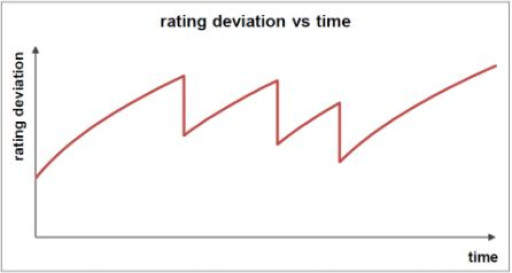
If you have not played over a long amount of time since your last match, the less certain the match you will play is of your level. Which means you will be placed in a match against players with different or wider skill groups than you would normally come across.
You may also be interested in:
- [Top 15] CSGO Best Knife Skins That Are Freakin Awesome!
- The Best CS:GO Tips - How to Become a Killing Spree Machine
- [Top 10] CS:GO Twitch Streamers
- The 10 Best Riflers In CS:GO
- [Top 15] CSGO Best Aimers
- [Top 15] CSGO Best AWP Skins That Are Freakin Awesome!
- CSGO Cases Guide: CSGO Best Cases To Open
- Top 5 CSGO Best Betting Sites in 2020
